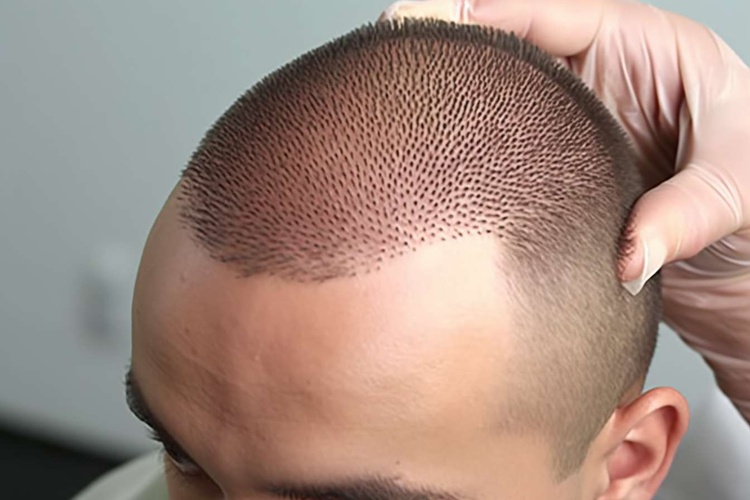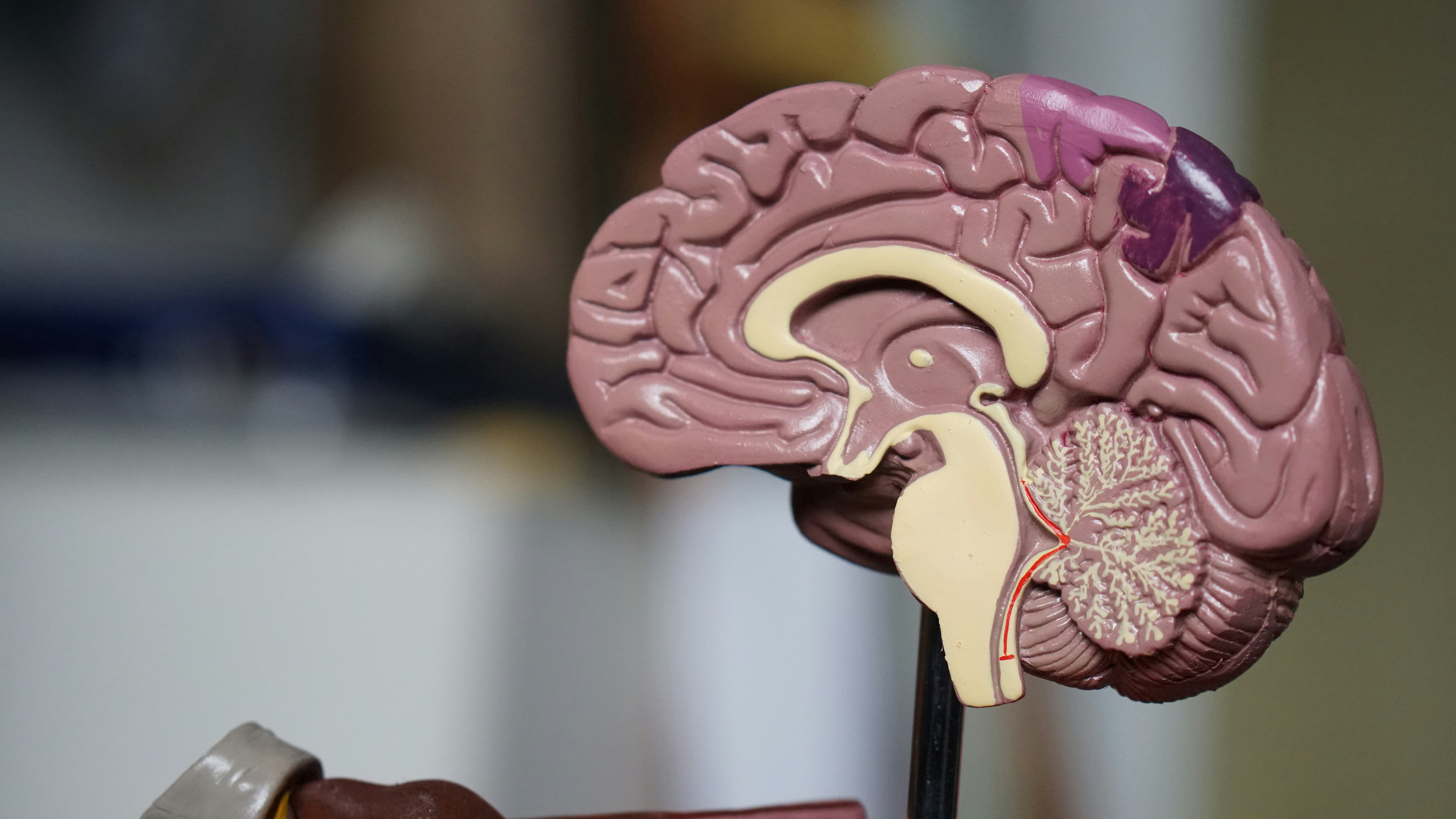Learn More About Eyebrow Transplantation for Adults Over 50
This article provides general information about eyebrow transplantation for individuals over 50. It covers the process, potential benefits, and factors to consider when deciding if this procedure is right for you, offering insights into how it works and what to expect.

As we age, eyebrows can become thinner, patchy, or lose their shape due to natural hormonal changes, years of grooming, or underlying health conditions. For adults over 50, eyebrow transplantation offers a potential solution to restore facial balance and enhance appearance. This article explores what individuals should know about the procedure, the process itself, recovery considerations, and the general benefits for older adults.
Overview of eyebrow transplantation for adults over 50
Eyebrow transplantation is a surgical cosmetic procedure designed to restore or enhance eyebrow density and shape. It involves extracting individual hair follicles from a donor site, usually the back or sides of the scalp, and implanting them into the eyebrow area. The procedure is particularly relevant for adults over 50, as eyebrow thinning becomes more common with age due to reduced hair growth cycles, hormonal shifts, and cumulative damage from years of plucking or waxing.
The technique most commonly used is Follicular Unit Extraction (FUE), which minimises scarring and allows for precise placement of each follicle. Because the transplanted hairs originate from the scalp, they retain their growth characteristics, meaning they will continue to grow and may require regular trimming. The procedure is typically performed under local anaesthesia and can take several hours depending on the number of grafts required.
For older adults, eyebrow transplantation can address not only aesthetic concerns but also contribute to a more youthful and expressive appearance, which many find enhances confidence and well-being.
What to know before considering an eyebrow transplant
Before proceeding with an eyebrow transplant, individuals should thoroughly research the procedure and consult with a qualified specialist. Key considerations include understanding candidacy requirements, realistic expectations, and potential risks. Not everyone is an ideal candidate; factors such as overall health, skin quality, availability of sufficient donor hair, and absence of active scalp infections play important roles.
It is essential to have a detailed consultation where the practitioner assesses your eyebrow area, discusses your desired outcome, and explains the limitations of the procedure. Adults over 50 should also disclose any medical conditions, medications, or previous surgeries, as these can influence both the procedure and recovery.
Another important aspect is managing expectations. While eyebrow transplantation can significantly improve eyebrow fullness and shape, results vary based on individual hair characteristics, skin type, and healing response. The transplanted hairs will shed within the first few weeks before new growth begins, and final results typically become visible after several months.
Understanding the financial commitment is also crucial. Eyebrow transplantation is generally considered a cosmetic procedure and is not covered by the NHS, meaning individuals must pay privately.
Eyebrow transplant process and recovery considerations
The eyebrow transplant process begins with a consultation and planning session where the desired eyebrow shape and density are mapped out. On the day of the procedure, local anaesthesia is applied to both the donor and recipient areas to ensure comfort. Hair follicles are then carefully extracted one by one using fine instruments, and each graft is meticulously implanted into the eyebrow region at the correct angle and direction to mimic natural eyebrow hair growth.
The procedure typically lasts between two to four hours, depending on the number of grafts needed. Most patients can return home the same day, though some mild discomfort, swelling, or redness in the treated areas is common.
Recovery involves several stages. In the first week, patients are advised to avoid touching or scratching the eyebrows, keep the area clean, and follow any prescribed aftercare instructions. Swelling usually subsides within a few days. The transplanted hairs will shed within two to three weeks, which is a normal part of the process. New hair growth begins around three to four months post-procedure, with full results visible after approximately 9 to 12 months.
Older adults should be mindful of their skin’s healing capacity, which can be slower compared to younger individuals. Following post-operative care instructions closely and attending follow-up appointments are essential for optimal results.
Factors to consider when exploring eyebrow transplantation
Several factors should be carefully evaluated when exploring eyebrow transplantation. First, selecting a qualified and experienced practitioner is paramount. Look for specialists who are registered with relevant medical bodies and have a proven track record in performing eyebrow transplants specifically, as this requires a high level of skill and artistry.
Cost is another significant consideration. In the UK, eyebrow transplantation typically ranges from £3,000 to £6,000, depending on the clinic, the surgeon’s expertise, and the number of grafts required. It is important to obtain detailed quotes and understand what is included in the price, such as consultations, follow-up appointments, and any necessary touch-ups.
| Clinic/Provider | Location | Estimated Cost Range |
|---|---|---|
| Harley Street Hair Clinic | London | £4,000 - £6,000 |
| The Private Clinic | Various UK locations | £3,500 - £5,500 |
| Crown Cosma Clinic | Manchester | £3,000 - £4,500 |
Prices, rates, or cost estimates mentioned in this article are based on the latest available information but may change over time. Independent research is advised before making financial decisions.
Additionally, consider the time commitment involved. Beyond the procedure itself, multiple follow-up visits may be necessary, and patience is required as results develop over several months. Lifestyle factors, such as smoking or certain medications, can also impact healing and should be discussed with your practitioner.
General benefits of eyebrow transplantation for older adults
For adults over 50, eyebrow transplantation offers several potential benefits. Fuller, well-defined eyebrows can frame the face, enhance facial symmetry, and contribute to a more youthful appearance. Many individuals find that restoring their eyebrows boosts self-confidence and reduces reliance on daily makeup application.
Unlike temporary solutions such as eyebrow pencils, powders, or microblading, transplanted eyebrows are a long-term solution. Once the transplanted follicles establish themselves, they continue to grow naturally, providing lasting results. This permanence can be particularly appealing for older adults seeking a low-maintenance option.
Furthermore, the procedure is minimally invasive with relatively low risk when performed by a skilled professional. Side effects are generally mild and temporary, and serious complications are rare. For individuals who have experienced eyebrow loss due to medical treatments, trauma, or over-grooming, transplantation can offer a sense of restoration and normalcy.
It is worth noting that while eyebrow transplantation can be highly effective, it is not suitable for everyone, and individual results will vary. A thorough consultation and realistic expectations are key to satisfaction with the outcome.
Eyebrow transplantation represents a viable option for adults over 50 seeking to restore or enhance their eyebrows. By understanding the procedure, preparing adequately, and choosing a qualified practitioner, individuals can make informed decisions that align with their aesthetic goals and overall well-being. As with any cosmetic procedure, careful consideration, realistic expectations, and proper aftercare are essential for achieving the best possible results.
This article is for informational purposes only and should not be considered medical advice. Please consult a qualified healthcare professional for personalized guidance and treatment.




